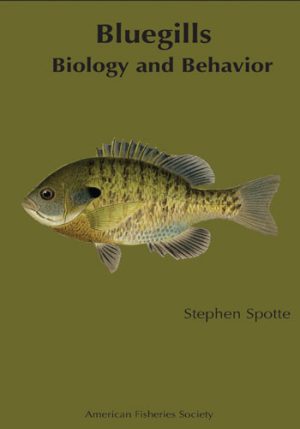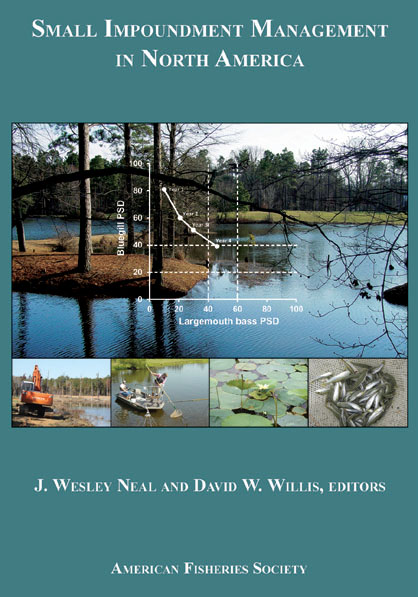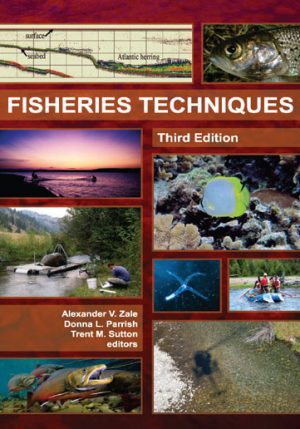Guidelines for the Use of Fishes in Research
$6.00
Description
(Note: This Bookstore page is for purchasing a printed, bound copy of this title. Complimentary HTML and PDF versions are available at: https://fisheries.org/policy-media/science-guidelines/guidelines-for-the-use-of-fishes-in-research/)
Use of Fishes in Research Committee (joint committee of the American Fisheries Society, the American Institute of Fishery Research Biologists, and the American Society of Ichthyologists and Herpetologists)
90 pages, paper
Published by the American Fisheries Society, July 2014
ISBN-13: 978-1-934874-39-4
doi: https://doi.org/10.47886/9781934874394
Guidelines for the Use of Fishes in Research aids researchers and regulatory authorities regarding responsible, scientifically valid research on fish and aquatic wildlife. The document is intended to provide general recommendations on field and laboratory research, such as sampling, holding, and handling fishes; to offer information on administrative matters, including regulations and permits; and to address typical ethical concerns, such as perceptions of pain or discomfort experienced by experimental subjects.
Many changes were made to the 2004 edition, including expanded coverage of U.S. and international agencies and programs on research with fishes. The Institutional Animal Care and Use Committees (IACUC) role is explained, expectations for researchers are provided, and a checklist for IACUC readiness is included.
Other sections were reworked or received special focus.
The newly-revised Guidelines is jointly endorsed by the American Society of Ichthyologists and Herpetologists, American Institute of Fishery Research Biologists, and American Fisheries Society. The Guidelines will be a valuable resource for fisheries and aquatic wildlife researchers.
CONTENTS:
Use of Fishes in Research Committee, 2014
Preface
Acknowledgments
Statement of Purpose
2. General Considerations
2.1 Approval of Research Plans by IACUCs
2.2 Project Quality Assurance Plans and Standard Operating Procedures
2.3 Statistical Design
2.4 Mortality as an Experimental Endpoint
2.5 Fish Health Management: Control of Pathogens and Parasites
3. Statutory Requirements and Regulatory Bodies
3.1 International Regulations and Guidelines
3.2 Biosecurity
3.3 Federal, State, and Local Regulations
3.4 Permits and Certificates
4. Animal Welfare Considerations
4.1 General Considerations
4.2 Stress
4.2.1 Stages of Stress
4.2.2 Measuring and Avoiding Stress
4.3 Nociception and Pain
5. Field Activities
5.1 Habitat and Population Considerations
5.2 Field Collections
5.2.1 Permits
5.2.2 Natural History Collections
5.2.3 Representative Samples
5.2.4 Collection of Imperiled Species
5.2.5 Museum Specimens and Other Preserved Specimens
5.3 Live Capture Techniques and Equipment
5.4 Field Restraint of Fishes: Sedatives
5.4.1 Drugs Approved for Use on Fish
5.4.2 Low Regulatory Priority (LRP) Drugs
5.4.3 Investigational New Animal Drugs (INAD)
5.5 Dangerous Species and Specimens
5.6 Handling and Transport
5.7 Facilities for Temporary Holding and Maintenance
5.8 Field Acclimation
5.9 Collection of Blood and Other Tissues
6. Marking and Tagging
6.1 General Principles
6.2 External Tags and Marks
6.3 Internal Tags and Marks, and Biotelemetry
6.4 Genetic Markers
6.5 Stable Isotopes
6.6 Fatty Acids
7. Laboratory Activities
7.1 General Principles
7.2 Confinement, Isolation, and Quarantine
7.3 Acclimation to Laboratory Conditions
7.4 Facilities for Long-Term Housing of Fishes
7.5 Density of Animals
7.6 Feeds and Feeding
7.7 Water Quality
7.8 Water Recirculation Units
7.9 Effluents and Permits
7.10 Dangerous Species and Specimens in Captivity
7.11 Restraint of Fishes: Sedatives and Related Chemicals52
7.12 Surgical Procedures
7.13 Administration of Drugs, Biologics, and Other Chemicals
7.13.1 Drugs
7.13.2 Biologics and Other Chemicals
7.13.3 Chemical Facility Anti-Terrorism Standards (CFATS)
8. Final Disposition of Experimental Animals
8.1 Euthanasia
8.2 Storage or Return to Aquatic Habitat
10. Literature Cited
Appendix
Brief Checklist for IACUC Readiness
List of Low Regulatory Priority Drugs and Consideration for Their Use
Appendix Table 1. Low regulatory priority aquaculture drugs, indications, and doses
Appendix Table 2. OIE-notifiable causative disease agents for fish and amphibians
Index of Terms and Acronyms
Note on Additional Readings







